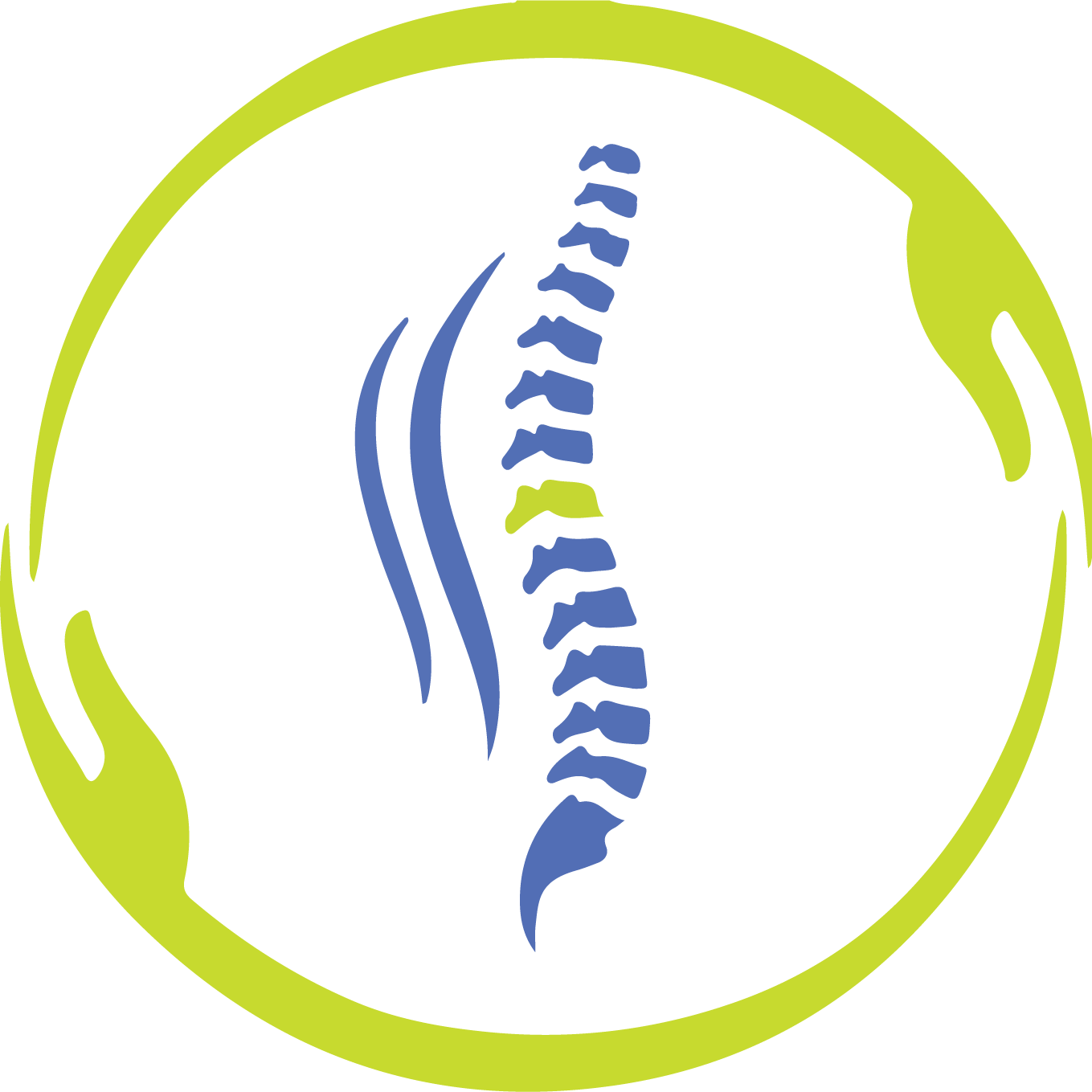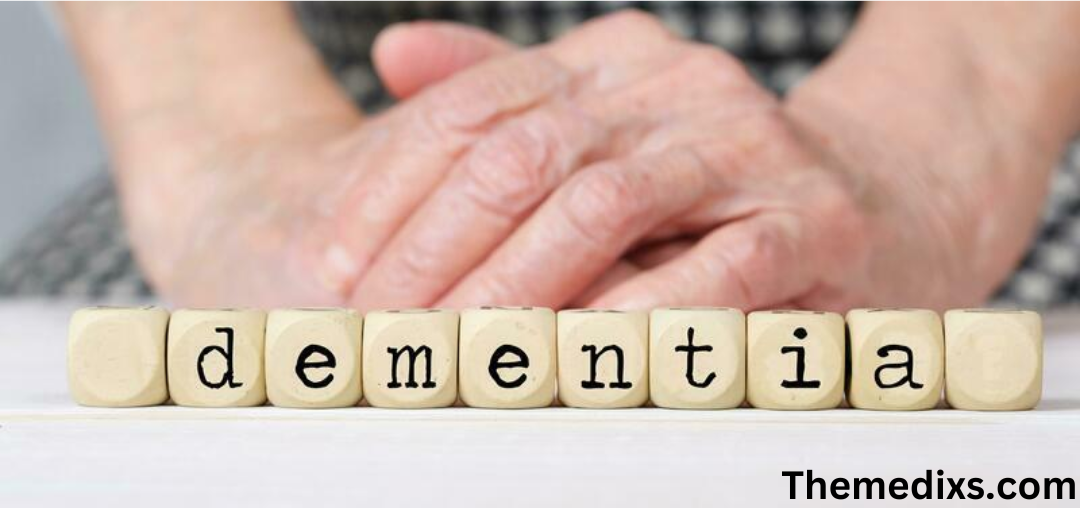The human heart, a marvel of biological engineering, is at the core of the circulatory system. This muscular organ pumps blood throughout the body, delivering oxygen and nutrients to tissues while removing waste products. Despite its relatively small size, roughly the size of a clenched fist, the heart is a powerhouse that beats approximately 100,000 times a day. In this blog, we will explore the intricate anatomy of the heart, its key components, and how they work together to sustain life.
The Location and Structure of the Heart
The heart is placed in the thoracic cavity, slightly left of the midline, between the lungs and behind the sternum. It is encased in a protective double-layered membrane known as the pericardium. The pericardium not only anchors the heart in place however also prevents friction throughout its constant movement. The heart`s structure is often described in terms of its 4 chambers, valves, blood vessels, and layers.
Layers of the Heart Wall
The heart wall consists of 3 wonderful layers, each serving a completely unique function:
- Epicardium: The outermost layer, which also forms a part of the pericardium. It provides a smooth, slippery surface to lessen friction.
- Myocardium: The thick, muscular middle layer responsible for the heart`s pumping action. This layer contains specialized cardiac muscle cells that contract rhythmically.
- Endocardium: The inner layer, which lines the heart chambers and valves. It ensures clean blood go with the drift in the coronary heart and decreases the threat of clot formation.
Chambers of the Heart
The heart is divided into 4 chambers, which can be separated by septa to prevent the mixing of oxygen-rich and oxygen-poor blood:
- Right Atrium: Receives deoxygenated blood from the body through the superior and inferior vena cava.
- Right Ventricle: Pumps deoxygenated blood to the lungs through the pulmonary artery for oxygenation.
- Left Atrium: Receives oxygenated blood from the lungs thru the pulmonary veins.
- Left Ventricle: Pumps oxygenated blood to the rest of the body thru the aorta.
This chamber has the thickest walls, because it must generate enough force to propel blood during the body.
Valves of the Heart
Heart valves make certain unidirectional blood flow and prevent backflow. There are 4 valves in the coronary heart:
- Tricuspid Valve: Located between the right atrium and right ventricle.
- Pulmonary Valve: Situated on the exit of the right ventricle into the pulmonary artery.
- Mitral (Bicuspid) Valve: Found between the left atrium and left ventricle.
- Aortic Valve: Located on the exit of the left ventricle into the aorta.
These valves open and close in response to pressure changes in the coronary heart, maintaining efficient blood circulation.
Major Blood Vessels Associated with the Heart
Several predominant blood vessels are directly linked to the coronary heart, playing a essential role in the circulatory system:
- Aorta: The largest artery, responsible for distributing oxygenated blood to the body.
- Pulmonary Arteries and Veins: Transport deoxygenated blood to the lungs and return oxygenated blood to the coronary heart.
- Superior and Inferior Vena Cava: Large veins that carry deoxygenated blood from the upper and lower body to the right atrium.
- Bundle of His and Purkinje Fibers: Conduct impulses to the ventricles, causing them to contract and pump blood.
This coordinated electrical activity effects in the rhythmic contraction and relaxation of the heart, typically called the cardiac cycle.
The Cardiac Cycle
The cardiac cycle includes most important stages:
- Diastole: The heart relaxes, permitting the chambers to fill with blood.
- Systole: The heart contracts, pumping blood out of the chambers.
These phases are synchronized to make sure efficient circulation, with the atria and ventricles working in harmony.
Blood Circulation Pathways
The heart helps primary circulatory pathways:
- Pulmonary Circulation: Transports deoxygenated blood from the right side of the heart to the lungs, where it picks up oxygen and releases carbon dioxide.
- Systemic Circulation: Delivers oxygenated blood from the left side of the heart to the relaxation of the body and returns deoxygenated blood to the heart.
This dual circuit ensures that oxygen and nutrients are effectively delivered to tissues while waste products are removed.
Specialized Features of the Heart
- Coronary Circulation: The heart`s own blood supply ensures it gets adequate oxygen and nutrients to function optimally.
- Cardiac Reserve: The heart
s ability to increase output during physical hobby or stress, accommodating the bodys increased demands. - Adaptability: The heart`s capability to adjust its rate and force of contraction in response to various physiological needs.
Common Heart Disorders
While the heart is a robust organ, it’s far susceptible to various conditions, including:
- Coronary Artery Disease (CAD): Narrowing of the coronary arteries because of plaque buildup.
- Heart Attack (Myocardial Infarction): Blockage of blood flow to the heart muscle, leading to tissue damage.
- Arrhythmias: Irregular heart rhythms because of conduction system abnormalities.
- Heart Failure: The heart`s inability to pump blood effectively.
- Congenital Heart Defects: Structural abnormalities gift at birth.
Maintaining Heart Health
Promoting heart fitness involves adopting a life-style that minimizes risk factors for cardiovascular disease. Key practices include:
- Balanced Diet: Consuming nutrient-rich foods low in saturated fat, trans fat, and sodium.
- Regular Exercise: Engaging in cardio activities that strengthen the heart.
- Stress Management: Practicing mindfulness and relaxation techniques.
- Avoiding Tobacco: Smoking is a significant risk factor for heart disease.
- Routine Checkups: Monitoring blood pressure, cholesterol, and different health metrics.
Conclusion
The heart is an extraordinary organ that sustains life through its relentless and precise functioning. Understanding its anatomy and physiology provides valuable insight into how this vital organ supports overall health. By nurturing heart health and addressing any concerns promptly, we can ensure a robust circulatory system capable of supporting a vibrant and active life.




